 Deciphering a Scientific Article
Deciphering a Scientific Article
by Hamutahl Cohen and Dan Johnston
The goal of this module is to teach students how to read and understand scientific articles. This skill can be applied to answering a variety of research questions from different disciplines of science and engineering. The context for this inquiry is the impact of climate change on a species. Although climate change is the specific prompt used here, the prompt can be modified for different classroom topics and different courses.
Students learn: 1) How to read a scientific article, 2) How to use scientific articles to answer questions, and 3) How to cite information in APA format.
Docs: fulltext.docx intro.ppt handout.docx pikas.pdf bears.pdf turtles.pdf
Keywords: APA citation, cause, climate change, communication, HS-ESS3.C, HS-LS2.A, scientific articles

 Assessing Biodiversity Using a School Garden
Assessing Biodiversity Using a School Garden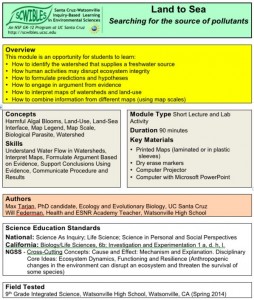
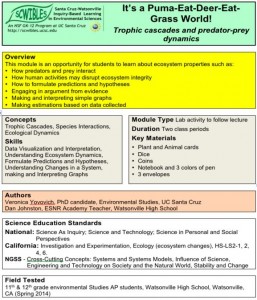
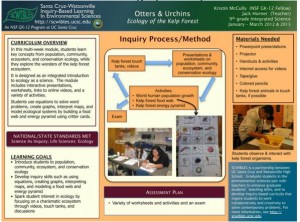

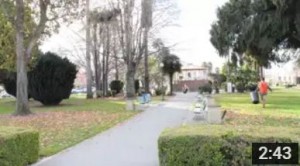
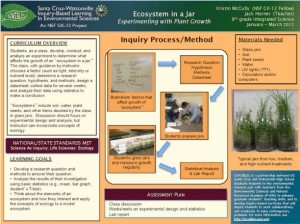 Experimenting With Plant Growth
Experimenting With Plant Growth